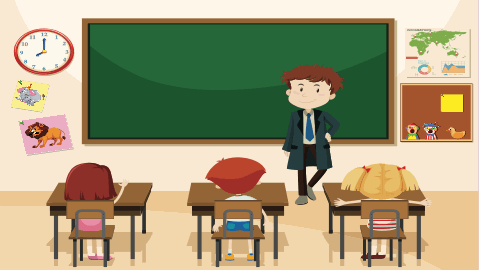
Reflections on Theory and Practice
In Pursuit of Understanding and Practices That Drive the Greatest Impact in Education
Dual Coding
The big idea here is understanding that Dual Coding, which is using audio and visual inputs together, allows you to take advantage of how the brain processes information to enhance teaching and learning. Also, this information can be used to inform us about cognitive overload and how to avoid it.
What Is Dual Coding?
Dual coding refers to combining the Phonological Loop for audio elements and the Visuospatial sketchpad for visual element. Taking advantage of both allows us to best optimize our limited working memory.
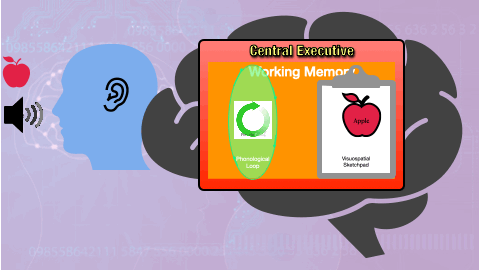
This strategy specifically takes advantage of the fact that it can use these two systems to essentially double up on the amount of information in working memory that is being used to make connections to long term memory.
How Does Dual Coding Work?
Normally working memory only allows us to focus on a few chunks of information at a time. As more information comes in working memory is forced to choose what it will focus on.
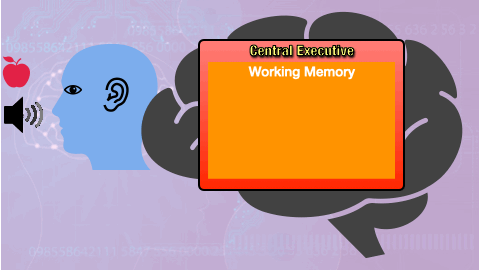

Dual Coding specifically takes advantage of the fact that working memory allows these two systems to work at the same time, so we can essentially double the amount of information we put into working memory and that in turn can then be used to make more connections to long term memory.
Dual Coding and Cognitive Overload
These systems, the Phonological Loop (PL) and the Visuospatial Sketchpad (VSS) also have a downside and that is they can easily overload working memory when we are not careful. Reading is a good example of this.
When we read words on a page, it fills up both the VSS because we are processing the written word, but also our internal voice is processing the word in the PL. So it is filling up both spaces.
Even reading silently still activates both of these areas.
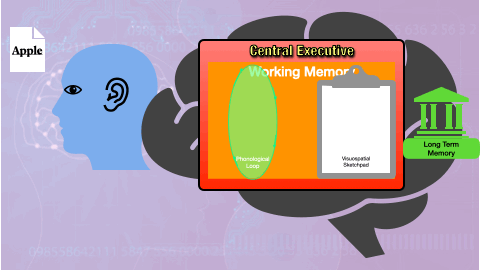
At the same time, our brain is making connections to the word and trying to bring up pictures that connnect.
So in this case our PL is processing the word apple, but our VSS is processing the word "apple", an apple tree from the picture in the book, and a picture of an apple from memory.
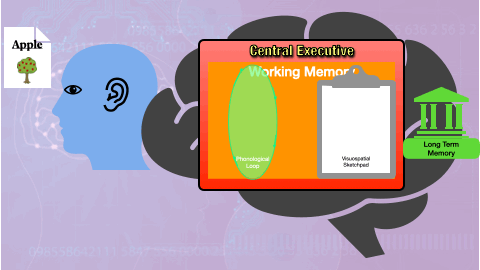
Now imagine a teacher talking or presenting at this time as well, or maybe it's other students talking. All of this information is going to working memory at the same time and will need to be organized and sorted and then connected to long-term memory.
You can start to see how this quickly builds up.
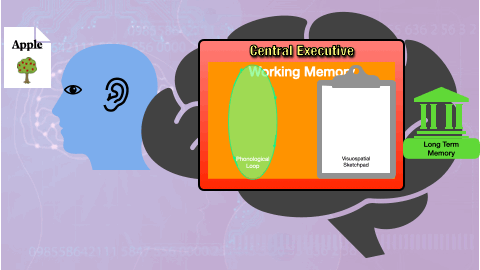
Cognitive Overload

Cognitive Overload happens when there is too much information for a student to handle and essentially they shut down. Too much Cognitive Overload can also lead to negative feelings about learning a specific topic / subject or just learning in general.
To make things worse, because students don’t understand “why” they are struggling it can lead to negative feeling about self.
How to Avoid Cognitive Overload
Here are two suggestions for teachers on how to avoid Cognitive Overload.
1. avoid introducing any more extraneous material that might distract students from the main learning concepts.
These are also called Seductive Details or interesting but irrelevant information that are not necessary to achieve the instructional objective.
It may seem more boring, but direct, explicit instruction with simple connected examples is a good way to go when teaching.
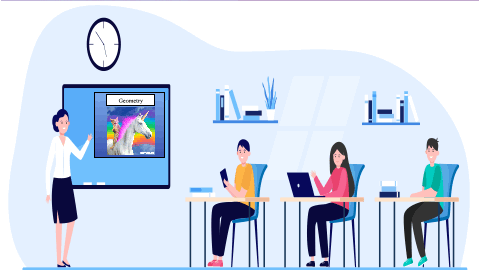
2. Try to synchronize connections as closely as possible in both time and space.
Pictures that connect with words, words and their meanings, diagrams and explanations, these should be together as much as possible.
When they are not, just recognize that students will be holding that information and it will be limiting their processing ability.
